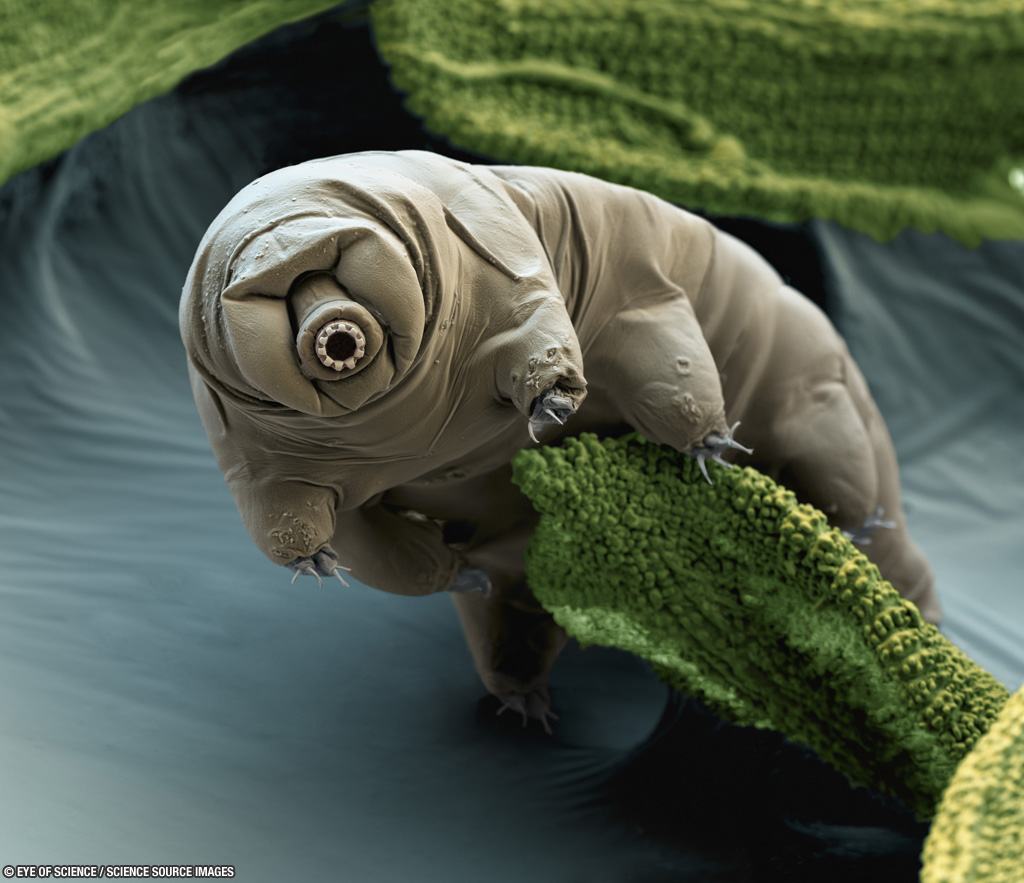I had a fantastic time teaching at the Southwestern Research Station's Field Herpetology course this year. We returned to Ohio on Wednesday and definitely needed a couple of days to recover from eight straight days of hiking, teaching, and chasing after reptiles/amphibians.
I had a few more pictures of animals and class activities, so we needed a part three to finish things up.
The students had an awesome time catching Sonora Mud Turtles (Kinosternon sonoriense) with Dr. Justin Congdon, Professor Emeritus at the University of Georgia. He's about the coolest guy you could meet.
 |
| I didn't eat it. They smell bad. |
During a pit stop to meet Justin, we found two Ornate Box Turtles (Terrapene ornata):
 |
| Bad photo because I was on the phone due to my credit card information being stolen. Thanks criminals. |
In between catching mud turtles, we spotted this really beautiful Greater Short-horned Lizard (Phrynosoma hernandesi):
 |
| Very photogenic. |
If you take the field herpetology course, the instructors promise to wear you out and then laugh while we take photos of you asleep.
One of the most fun labs is the sprint speed lab, where students race lizards with different locomotion strategies and compare.
Sonoran Whipsnake (Coluber bilineatus):
Chiricahua Leopard Frog after being released:
Finally, here is Matt at airport security during the trip back home to Ohio. He is a guy who is used to answering 100 questions from TSA agents regarding the safety of snake tongs (the orange and silver device under inspection in this photo):
I can't wait 'til next year. We are home for just a few days before embarking on the first annual Gibbs lab field trip to Florida, where we will be assisting labmate Sarah Smiley in catching pigmy rattlesnakes for her research.




























































